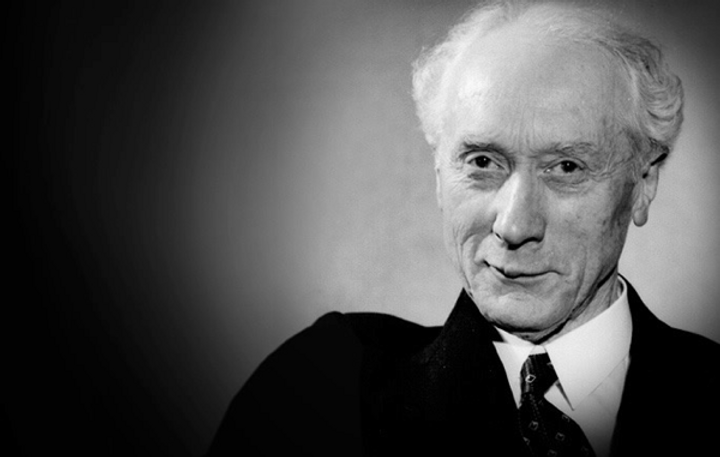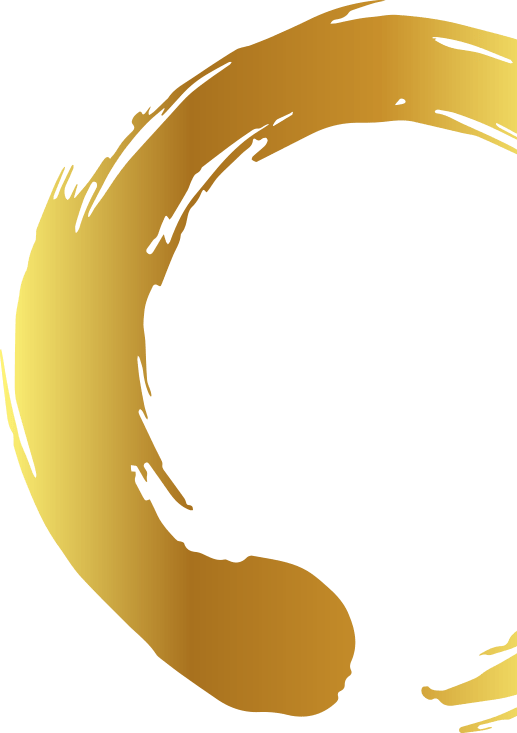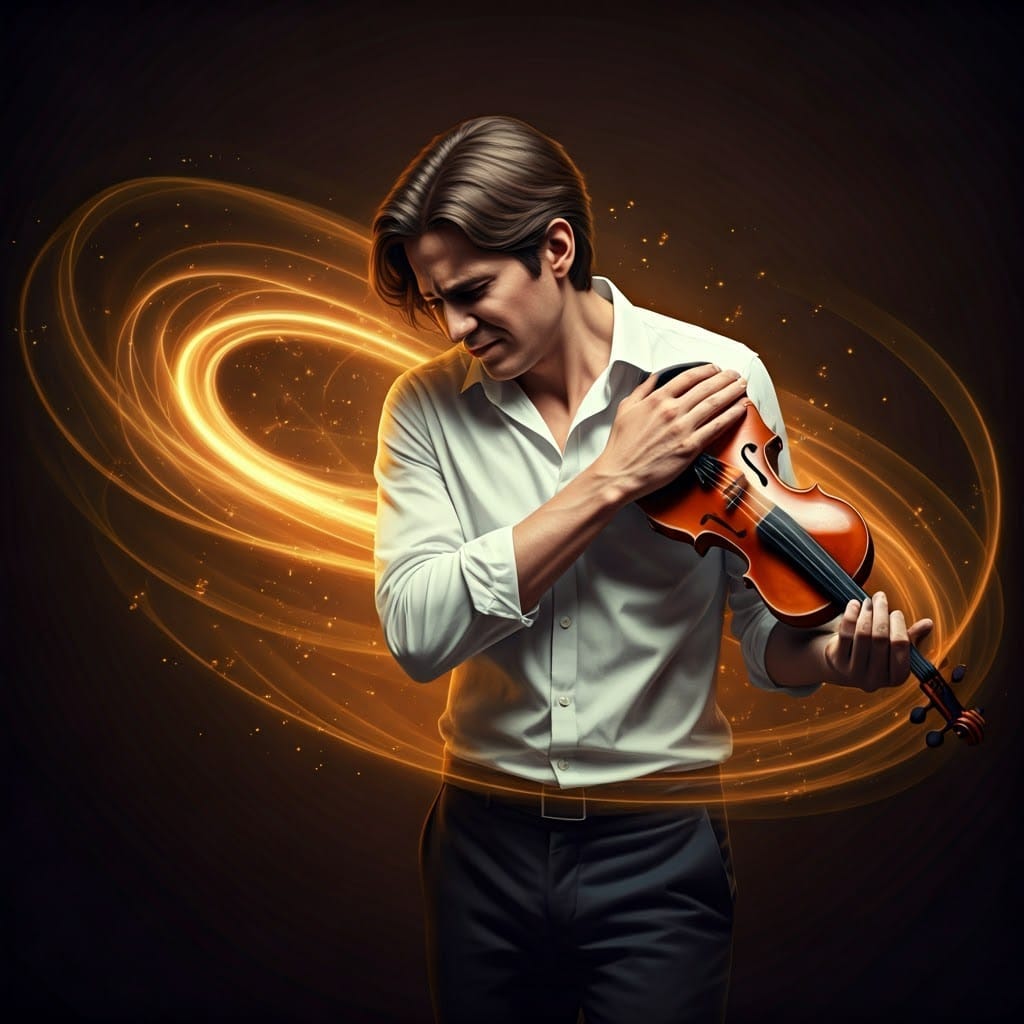This is an excerpt from my upcoming book, “Soulforce Arts: The Vital Role For Musicians & Artists in a World That’s Lost Its Mind.” I’m sharing it here to get feedback on what speaks most to you about the ideas in these excerpts. Let me know what you think!
-Joseph
Violinist, Interrupted
Back in the early 2000’s I was an eager young violinist, pursuing a degree in violin performance at Carnegie Mellon University. I really loved being surrounded by other gifted musicians and artists of all kinds, as we all pursued our dreams of artistic greatness. I was practicing a few hours daily, participating in orchestra and studio masterclasses, and, although it was a stressful environment, I really enjoyed the immersive musical experience that the school offered.
Halfway into my sophomore year, however, I started noticing pain in my left forearm. Soon, my right arm began hurting as well, and the pain persisted despite giving myself a rest period over winter break and doing some preliminary physical therapy. By the middle of the next semester, I could barely play violin anymore. Eventually, even doing my dishes or writing my homework became an exercise in pain management. I was a wreck.
My violin teacher had little advice for me beyond saying, “You should really learn how to relax” (and you can imagine how helpful that was…). My family doctor had little help for me other than a diagnosis (lateral epicondylitis) which basically meant, “Ouchie elbow.” I began seeing specialists of all kinds, including physical therapists, chiropractors, massage therapists, yoga and pilates teachers, an acupuncturist, a shiatsu therapist, a Rolfer, a trigger point therapist, a doctor who specializes in musician’s injuries, and a neurologist. I tried relaxation techniques, weight-lifting, I wore a tennis elbow brace during all my waking hours, and I used over-the-counter pain relievers. I learned a lot over that period, but nothing really worked; I was still in pain on a daily basis and without any clear answers as to its root cause.
Then, a year after the onset of the pain, I took a class on the Alexander Technique which was offered by my school. From the very beginning, I knew that I had found something different. Even though it took me a while to understand what the Alexander Technique actually was, the new insights and experiences of freedom of movement that I had in those classes were like revelations to me. I learned that – without having any awareness of it – I had been playing violin with so much excess tension that my muscles never had a chance to repair, but that by bringing greater awareness to my body while playing, I could play with an ease and freedom of movement that I previously couldn’t have imagined was even possible.

The Alexander Technique, a 100-year-old system of body movement re-education designed by an actor who suffered from chronic vocal loss, is unique in that it helps us relieve the excess tension that is the root cause of many musculo-skeletal injuries during the activities when that tension takes place.
Issues that respond well to the Alexander Technique are those that are caused by body use, and not physiological or blunt force factors. These injuries include, but are not limited to:
- Overuse injuries
- Repetitive strain injuries
- Back pain
- Neck pain
- Carpal tunnel syndrome
- TMJ syndrome
- Focal dystonia
- Muscle weakness
- Numbness and tingling
- Sciatica
- Tendinitis
- Thoracic outlet syndrome
- Vocal tiredness, hoarseness, and loss
- That spot in your shoulder (you know the one)
- And other issues of chronic musculo-skeletal tension and pain
Other forms of pain-relief, such as massage, chiropractic, exercise, hatha yoga, and others — while very helpful and worthwhile — do not directly deal with the “critical moment” when the excess tension occurs. Without dealing with this critical moment, the excess tension will always recur, thus leading to ongoing symptom-management, rather than complete relief.
With the help of the Alexander Technique, I have been pain-free for many years and I now enjoy a full career performing and teaching violin. Over my study in the Alexander Technique (which included becoming a teacher, myself) I have learned that pain-relief is just the beginning of the benefits of this practice for performing artists.
The source of these benefits is the freedom or fluidity of movement that comes when you release excess tension. This is the“north star” of the Alexander Technique. When you release excess tension, it is like releasing the emergency brake in your car; you can still get around with your emergency brake on, but everything functions and feels much better when you release it. When this tension is released, you may notice the following benefits:
- Feeling more comfortable in your body while you play
- Having more fluid technique
- Being able to express yourself with greater dynamism and vitality
- Having a more resonant sound
- An electric stage presence
- A feeling of effortless mastery, where pieces that seemed insurmountable difficult now feel like little toys you can play with ease
- A feeling of having plenty of time to process what’s going on for yourself and others while performing
- Greater fun and playfulness
- And more!
As I will describe further in Chapter 4 on Soulforce Artistry, the many benefits of the ability to release excess tension are the reason I have included it as one of the Six Pillars of Soulforce Artistry. If the point of Soulforce Artistry is to be able to spread the enlivening quality of Soulforce through your performing arts practices, then you must release your unconsciously-held excess muscular tension in order to express Soulforce to your fullest potential. A tight body will only lead to tight performances, whereas a free body will lead to free performances. It’s that simple.



